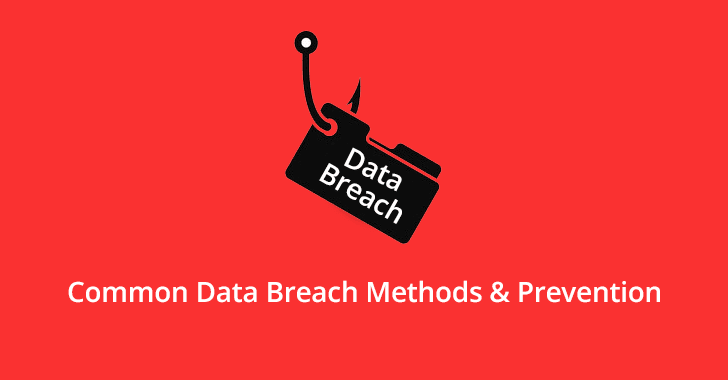We are living in the era of the digital economy where companies are collecting and storing tons of valuable customer data on a daily basis. As it has turned out, data is an important input in the competitiveness, growth, and revenue generation for any company across industries.
But every valuable resource has its vulnerabilities, and data is not left out in this unfortunate fact. A notable vulnerability of sensitive data that has left many IT departments scratching their heads is data breaching.
What does Data Breach mean?
When unauthorized people gain access to confidential data, either by stealing it from a company database or through leakage from an insider, that action is known as a data breach.
How is data stolen? Well, hackers have mastered the art of infiltrating data security systems for both small and big businesses and copying sensitive data without being noticed or traced.
In other cases, staff members maliciously or accidentally leak important information to data spies. Think of a case where a staff member leaves his unlocked computer or an unencrypted external hard drive at home or at a public place, and then a malicious person copies data from the device. That is an accidental data breach. The device can also be stolen.
Common Data Breach Methods
As sophisticated as data thieves try to be, they aren’t too creative with their patterns. Experienced data security experts are sometimes able to track them down by establishing the vulnerable areas through which they entered into the system. One can track the vulnerabilities in the resources available here.
In most cases, malicious actors take advantage of failed software updates and reckless end-user practices to phish data. Here are more possible data breach methods:
1. Fabricated or stolen Credentials
If your company uses week credentials to establish the identity of staff members, hackers can easily fabricate those credentials and enter your database unsuspected. Think of a case where a user’s username is his email and his initials or date of birth his password; a data thieve can easily guess such login credentials. Also, hackers can steal user credentials from their PC.
2. BYOD
Bring your own devices (BYOD) has its perks, e.g. increasing employee efficiency, but it is now growing to become a serious workplace data threat. Most of these employee devices aren’t encrypted, and some even have malware-laden apps installed.
Any important files and emails in such a device can easily be retrieved by a hacker. This is highly risky for recruitment agencies, especially, when they outsource work to employees overseas.
3. Card fraud
There have been cases of data thieves gaining access to ATM machines and gas pumps and attaching spying malware that copies credit card data from everyone who swipes his/her card in the machine.
And because many people recycle pins and passwords, the malware uses the stolen credit card information to guess usernames and passwords and later use them to access a company’s and private employee’s emails.
How to Prevent Data Breach
1. Invest in strong cybersecurity
Recent cases of a data breach show that businesses can no longer rely on firewalls, antivirus software, and intrusion detection software to protect their data from a possible data breaches. It is important to install multi-layered cybersecurity systems that do not only thwart possible infiltration attempts but also identify possible vulnerabilities before hackers do.
2. Remote data backup
If your company has remote employees, it is important that you invest in a strong remote data backup system. It is time to get rid of backup tapes as they can easily be lost, stolen, or mishandled before they reach the main office. A good backup system should enable you to backup data automatically, securely, and in real-time over the internet.
3. Buy VPN
Investing in a virtual private network (VPN) is arguably the ultimate data protection plan for any business. A VPN will safeguard your online activity and presence so that hackers cannot track you down. Every email you send, every Facebook post you write, every video you stream, every videoconferencing session you hold with remote workers, and every website you visit leaves you vulnerable to malicious infiltration. Buying a VPN, however, you do all those things anonymously so anyone snooping on you online cannot see or access your browser.
4. Insider behavior monitoring
Behavior monitoring systems will go a long way in preventing your data from malicious insiders who leak sensitive information to unauthorized people. They will know that the compliance officer, CEO, or HR manager is on their radar at all times, so they will stop their malicious acts
5. Data loss prevention (DLP)
A data loss prevention (DLP) system allows you to set the conditions under which a given piece of information can leave the network. When a malicious employee tries to copy that information without following the set rules, his access is automatically blocked.
6. End-user security awareness
Train your staff members to be more security-minded in order to minimize the risk of an accidental data breach. Ensure that they understand the value of data and the tricks data thieves use to steal information from unsuspecting employees.
Conclusion
The data protection methods we have discussed here will help you keep malicious data thieves at bay. Remember that all companies across all industries, including Chinese recruitment agencies, are prone to the data breach threats we have discussed.










